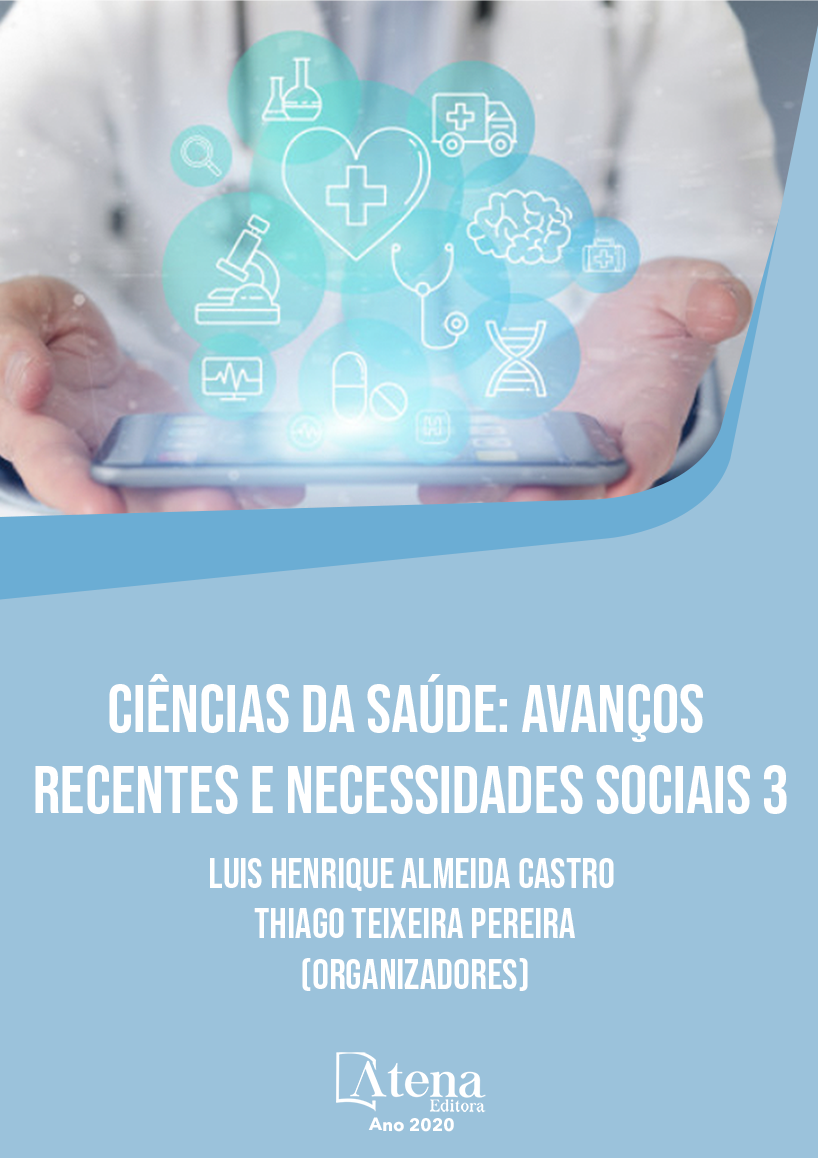
PROGRAMA DE EXERCÍCIOS FÍSICOS EM DETENTOS DO SISTEMA PRISIONAL DE UM ESTADO DO NORDESTE DO BRASIL
Objetivo: Avaliar a intervenção através de dois programas de exercícios físicos, e os resultados sobre a qualidade de vida, índice de massa corporal (IMC), Frequência cardíaca em repouso de detentos submetidos a caminhada orientada e futsal. Metodologia: O estudo contou com 45 internos, do sexo masculino, com a faixa etária entre 18 a 60 anos, que se encontravam em regime fechado e provisório. Os detentos foram divididos em três grupos, e a divisão incialmente foi feita de forma intencional, através da preferência dos reeducando. Os grupos foram Futsal (GF), Grupo de Caminhada (GCA) e um Grupo Controle, (GC), este último não fez nenhuma atividade física no período de intervenção que durou de 12 semanas. A atividade física foi mensurada através do questionário SF 36. Resultados: O grupo GCA apresentaram melhores médias quando comparado aos grupos nas variáveis saúde mental e vitalidade. O grupo GF apresentou melhores médias em relação ao GC no que se refere a vitalidade, e em relação aos aspectos emocionais e sociais quando comparado ao GC. Comparando o índice de massa corporal (IMC), o GF no pós-teste teve resultados estatisticamente significativos em relação ao GCA e em relação ao GC em ambos os momentos. Conclusão: O estudo surgere que múltiplas intervenções da prática de exercícios físicos podem contribuir para a saúde e qualidade de vida de pessoas acomodadas no recinto prisional, contudo essas devem ser ofertadas sistematicamente e de forma efetiva.
PROGRAMA DE EXERCÍCIOS FÍSICOS EM DETENTOS DO SISTEMA PRISIONAL DE UM ESTADO DO NORDESTE DO BRASIL
-
DOI: 10.22533/at.ed.66720250515
-
Palavras-chave: Detentos; Exercícios Físicos; Qualidade de vida; Saúde.
-
Keywords: Prisioners. Physical Education. Physical Activity. Quality of Life and Health.
-
Abstract:
Objective: To evaluate the intervention through practices of physical exercises, and the results is about the quality of life, body mass index (BMI), cardiac frequency and health of prisioners, submitted two types of physical activities, walk and soccer. Methodology: The study counted with 45 prisioners, all male sex, with age between 18 to 60 years, who were in system closed and temporary prisioners rented out in the halls A, B and C of the prison. The prisioners were divided in three groups, and was made it intentionally, through a preference of reeducating my previous eating habits. The groups were Futsal (GF), Walking Group (GCA) and a control group (CG), which has no activity during the intervention period. The intervention period was 12 weeks. Results: The quality of life, measured by the SF-36 quiz and its dimensions resulted that in relation to physical health, the GCa showed better results compared to the other groups. In relation to mental health the GCa showed statistically significant results regarding vitality, when you compare to the GC, mental health and the other groups. In addition to this. GF showed better results in the GC as regards the vitality, and in relation to the emotional and social aspects to the other groups. Comparing the body mass index (BMI) GF in the post-test, had statistically significant results in relation to the GCa and GC in both moments. Conclusion: The study suggests more physical education and their systematized practices of physical activities to get better the indicators and can collaborate effectively for quality and health life that are in prison.
-
Número de páginas: 12
- Marcelo Danillo Matos dos Santos
- Lucas Souza Santos
- Ricardo Aurélio Carvalho Sampaio
- Jymmys Lopes dos Santos
- Roberto Jerônimo dos Santos Silva
- Dilton dos Santos Silva
- José Uilien de Oliveira
- Felipe José Aidar
- Lúcio Marques Vieira Souza


